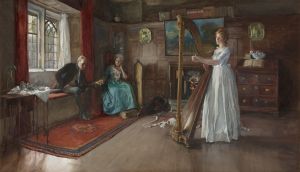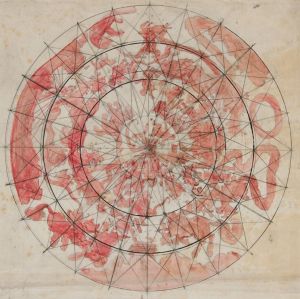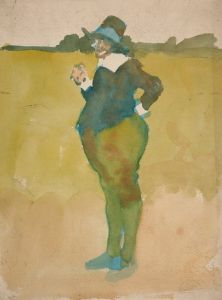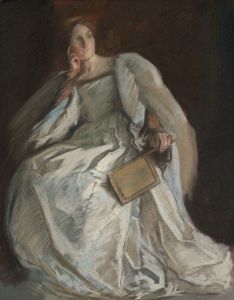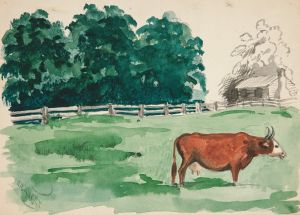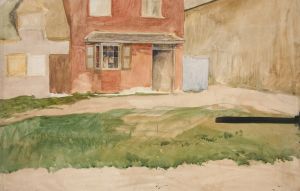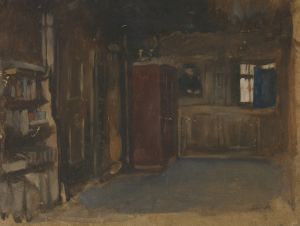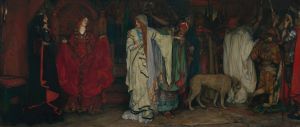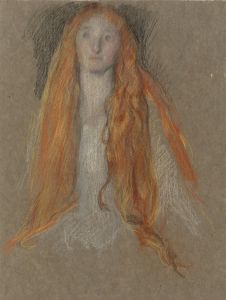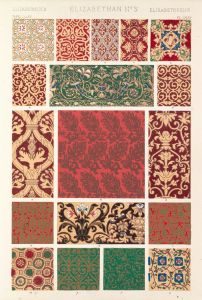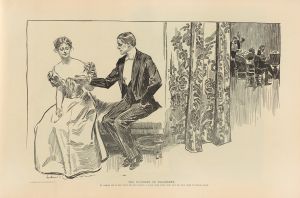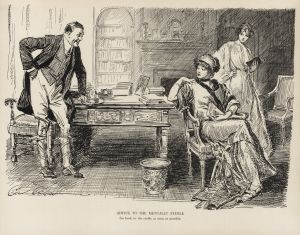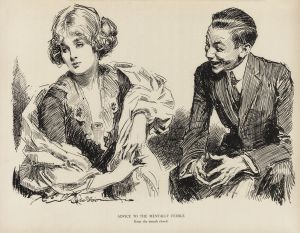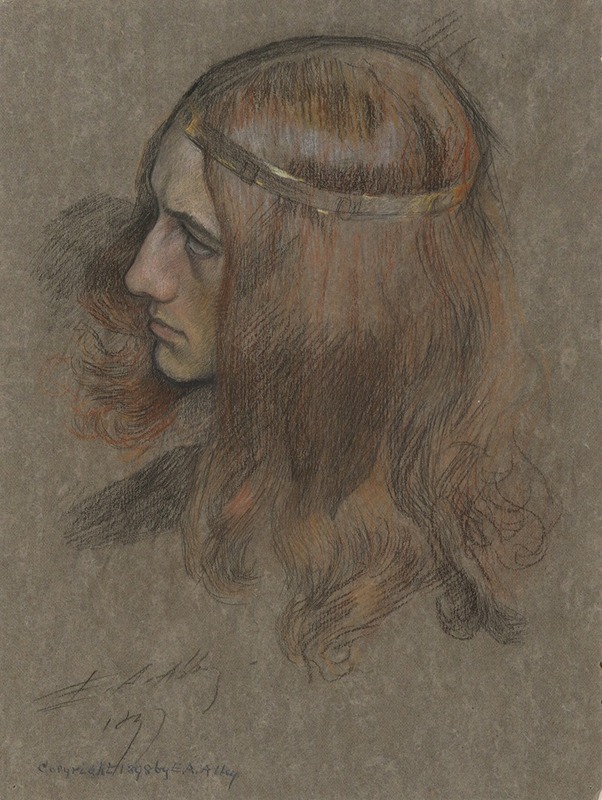
Study for the Head of Hamlet, for The Play Scene, in Hamlet
A hand-painted replica of Edwin Austin Abbey’s masterpiece Study for the Head of Hamlet, for The Play Scene, in Hamlet, meticulously crafted by professional artists to capture the true essence of the original. Each piece is created with museum-quality canvas and rare mineral pigments, carefully painted by experienced artists with delicate brushstrokes and rich, layered colors to perfectly recreate the texture of the original artwork. Unlike machine-printed reproductions, this hand-painted version brings the painting to life, infused with the artist’s emotions and skill in every stroke. Whether for personal collection or home decoration, it instantly elevates the artistic atmosphere of any space.
"Study for the Head of Hamlet, for The Play Scene, in Hamlet" is a preparatory study created by the American artist Edwin Austin Abbey (1852–1911). Abbey was a prominent illustrator and painter known for his detailed and historically informed works, often inspired by literature and drama. This particular study was part of his extensive work on William Shakespeare's play Hamlet, specifically focusing on the play-within-a-play scene, often referred to as "The Mousetrap."
The artwork showcases Abbey's meticulous approach to character study and his dedication to capturing the psychological depth of Shakespeare's characters. In this study, Abbey focuses on the figure of Hamlet, the protagonist of the play, who is portrayed as a complex and introspective character. The study likely served as a preparatory piece for a larger composition or mural, as Abbey was known for creating detailed sketches and studies before completing his final works.
Abbey's interest in Shakespearean themes was a recurring element in his career. He devoted significant time to illustrating scenes from Shakespeare's plays, often emphasizing the emotional and dramatic intensity of the characters. His works were celebrated for their historical accuracy, as he conducted extensive research to ensure the costumes, settings, and gestures were appropriate to the Elizabethan era.
The study reflects Abbey's skill in rendering human expression and his ability to convey the inner turmoil of his subjects. Hamlet, as depicted in this study, embodies the existential and moral dilemmas central to the play. Abbey's use of light and shadow, as well as his attention to detail, highlights his mastery of the medium and his commitment to bringing Shakespeare's characters to life.
Edwin Austin Abbey spent much of his career in England, where he became associated with the Pre-Raphaelite movement and other artists who shared his interest in literary and historical themes. His works, including this study, are considered significant contributions to the tradition of literary illustration and historical painting.
The exact date of the creation of this study is not specified, but it aligns with Abbey's broader body of work on Shakespearean subjects, which he pursued throughout the late 19th and early 20th centuries. The study is an example of Abbey's preparatory process and his dedication to exploring the nuances of his subjects before completing his final compositions.






